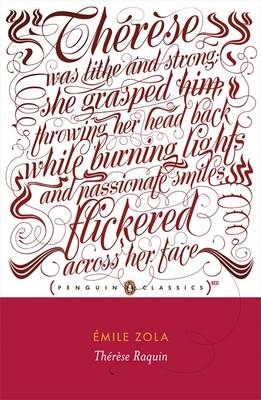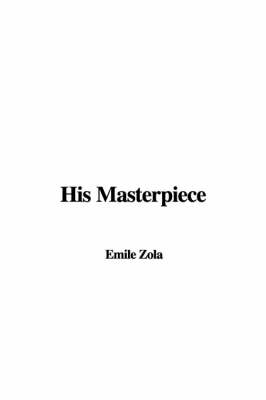Classic Emile Zola
3 total works
Therese Raquin is bored by her loveless marriage to her sickly cousin, and allows herself to be swept away by lust and excitement when she meets his earthy and sensual friend Laurent. But the animal passion between them will result in a terrible crime - one that will haunt them for ever. Books that save lives come in one colour Choose (Penguin Classics) Red, Save Lives Penguin Classics has partnered with (Product) Red to bring you our selection of some of the best books ever written. We will be contributing 50 per cent of the profits from the sale of (Penguin Classics) Red editions to the Global Fund to help eliminate AIDS in Africa. Now great books can help save lives.
The novel begins in 1872, after the fall of the Second Empire and the end of the reign of Emperor Napoleon III. Pascal, a physician in Plassans for 30 years, has spent his life cataloging and chronicling the lives of his family based on his theories of heredity. Pascal believes that everyone's physical and mental health and development can be classified based on the interplay between innateness (reproduction of characteristics based in difference) and heredity (reproduction based in similarity). Using his own family as a case study, Pascal classifies the 30 descendants of his grandmother Adelaide Fouque based on this model. His niece Clotilde sees Pascal's work as denying the omnipotence of God and as a prideful attempt to comprehend the unknowable. She encourages him to destroy his work, but he refuses. Pascal explains his goal as a scientist as laying the groundwork for happiness and peace which he believes lies in the science of heredity.
The Masterpiece is a highly fictionalized account of Zola's friendship with the painter Paul Cezanne. Zola and Cezanne grew up together in Aix-en-Provence, the model for Zola's Plassans, where Claude Lantier is born and receives his education. Like Cezanne, Claude Lantier is a revolutionary artist whose work is misunderstood by an art-going public hidebound by traditional subjects, techniques, and representations. Zola's self-portrait can be seen in the character of the novelist Pierre Sandoz.


